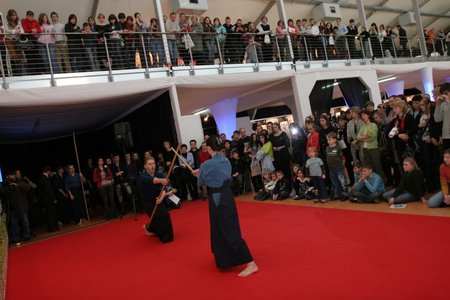The Sakura festival which has opened surprising and beautiful world of Japan to thousands of Muscovites is closing today at pavilion 7a at Sokolniki exhibition centre.
In a new spacious mobile pavilion, which area covers as much as 4, 000 sq.m. we have collected everything what Japanese masters are famous for: painted silk and curved furniture, heavy kimonos woven with silk and fanciful and delicate paper creations. One could learn a lot there: the lectures, presentations and master classes were going on continuously. Ancient schools were opening the mystery of their skills. There were not enough chairs for everyone, but people were eager to listen standing.
Let us recall what it was like:
From the zone of presentations the visitors are moving to the stands, listen to the experts, and spend long time before a Bamboo wall decorated with hundreds of live sprouts. A special event will be held here on the last festival day.
Master class on Japanese painting Sumi-e.
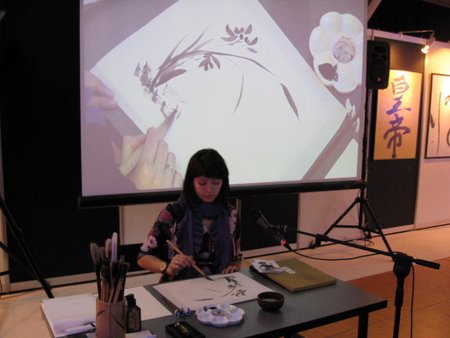
V. Soldatov is telling about the intricate art of bonsai.
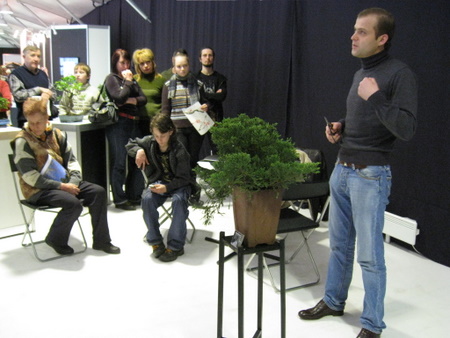
The lecture “Traditional Japanese arts in the reflection of calligraphy” from Assistant Professor of the Department of Oriental Languages of the Moscow State Linguistic University.
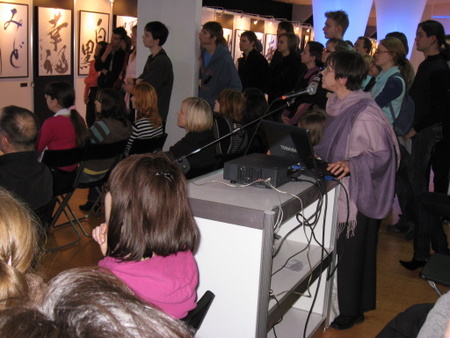
Practicing the art. The first steps in Japanese calligraphy under the supervision of artist calligrapher A.B. Mamonov.
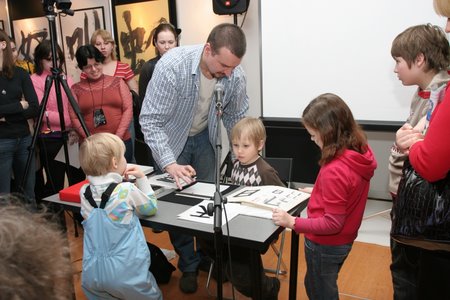
Tea ceremony. Centre Ikebana Ikenobo.
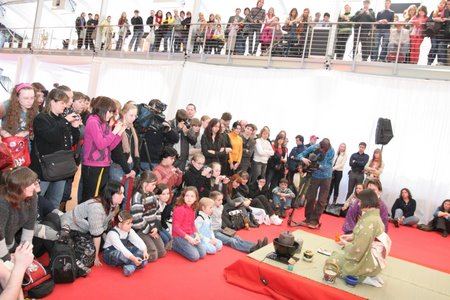
Tabi, naga-juban, obi – one is to know how to wear it! Alexandra Barkova, the curator of the “1001 kimonos” collection, is sharing some of her secrets.
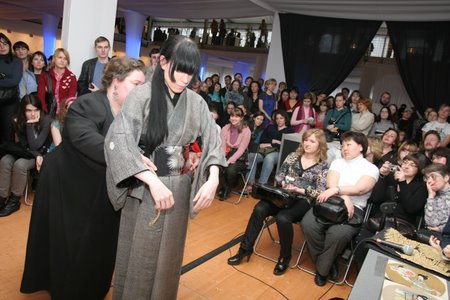
It is not really difficult to make a boat of paper, but how exciting it is!
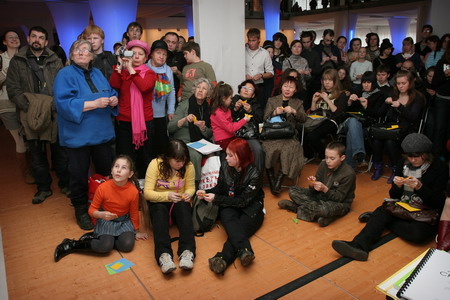
Moreover, when you know what a master can do.
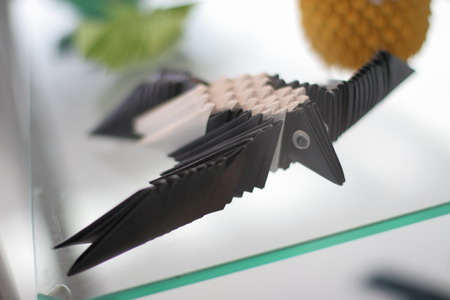
The intricacies of the Go game. Master of the 5th dan I. Grishin.
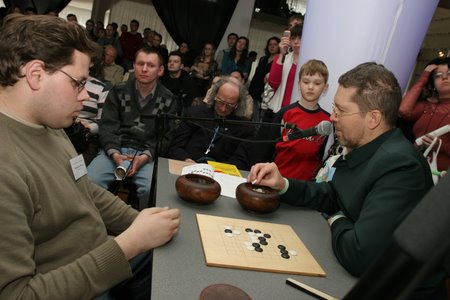
Art of ikebana. Flowers, music, mystery of the harmony’s birth...
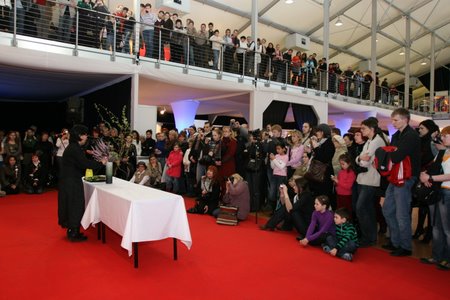
The finishing accord of the festival. The art of traditional Japanese weapons use demonstrated by the Russian Federation Kobudo.
